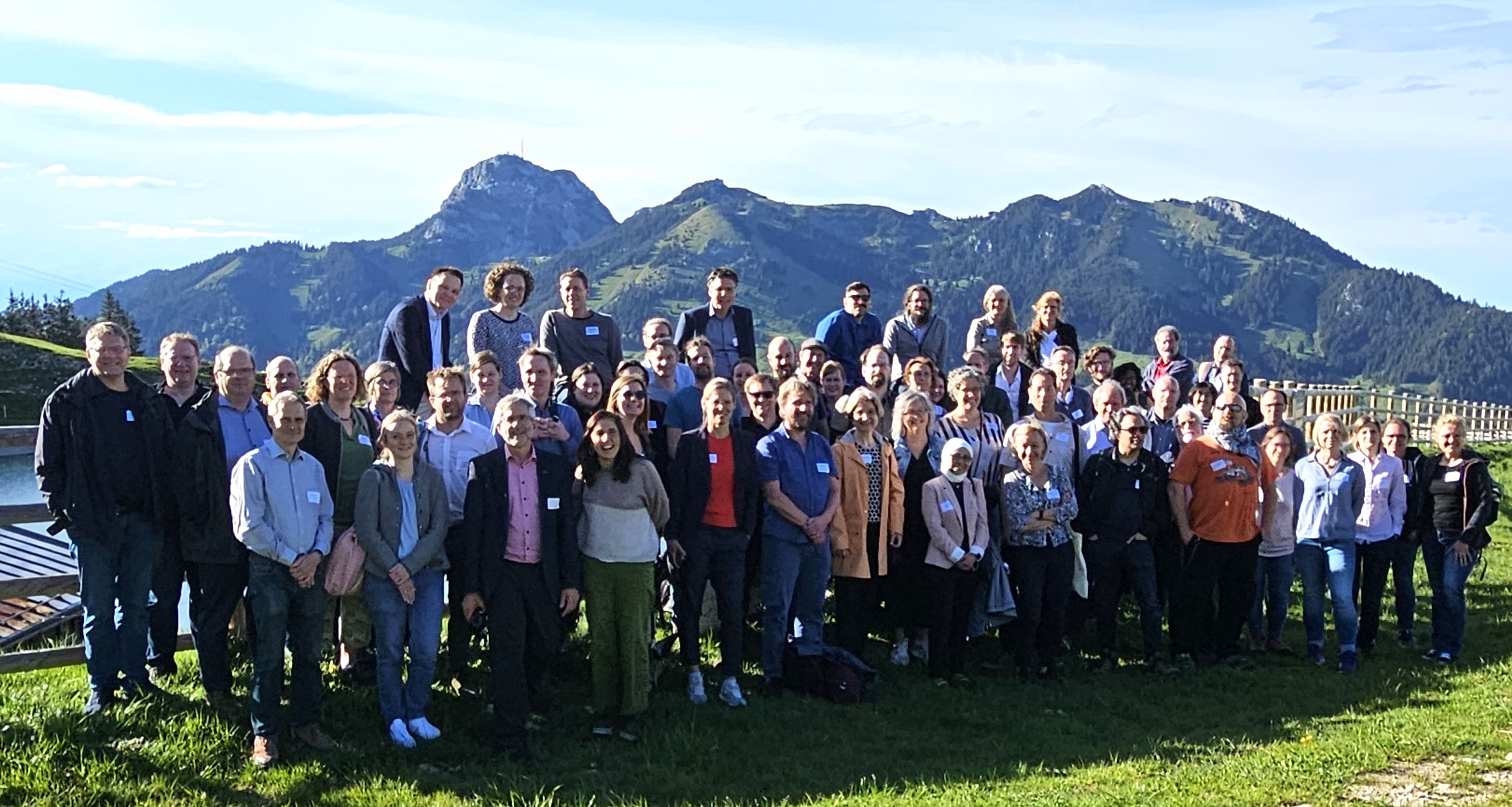Proceedings and videos of keynotes The conference proceedings and recorded keynote videos from the 12th…
Making Sense of Engineering Workplace Mathematics to Inform Engineering Mathematics Education
Publisher: European Society for Engineering Education (SEFI)
Brussels 2021
ISBN: 978-2-87352-021-2
In its fundamental curriculum document: “A Framework for Mathematics Curricula in Engineering Education”, SEFI’s Mathematics Interest Group uses the concept of “mathematical competence” to identify the goals of mathematics education in engineering study courses. Mathematical competence comprises the ability to understand and use mathematical concepts and procedures in relevant contexts and situations. The latter include mathematics-intensive application subjects like engineering mechanics or fundamentals of electronics within the study course but also the usage of mathematics
in later work practice. Whereas information on application subjects can be gained within the university framework, it is much harder to investigate real workplaces. Most of the available studies on mathematics at workplaces are concerned with professions where an academic education is not required. There are not so many articles dealing with mathematics at engineering workplaces because it is not easy to really understand the work procedures, tasks and problems as an outsider. Moreover, the relevant publications are spread over different journals, books, and dissertations. This report is intended to provide the reader with an overview of available results from which it is easy to go deeper
into single studies. It is hoped that it will inspire further investigations in a very under-researched, yet important area.
It remains to thank SEFI’s Mathematics Interest Group, particularly the members of the Steering Committee (D. Velichova (Chair), M. Demlova, B. Olsson-Lehtonen, D. Dias Rasteiro, T. Gustafsson, D.Lawson, M. Brekke), for the opportunity to publish this document as a report for the Special Interest Group. Needless to say that for any error in this report the sole responsibility lies with the author.
